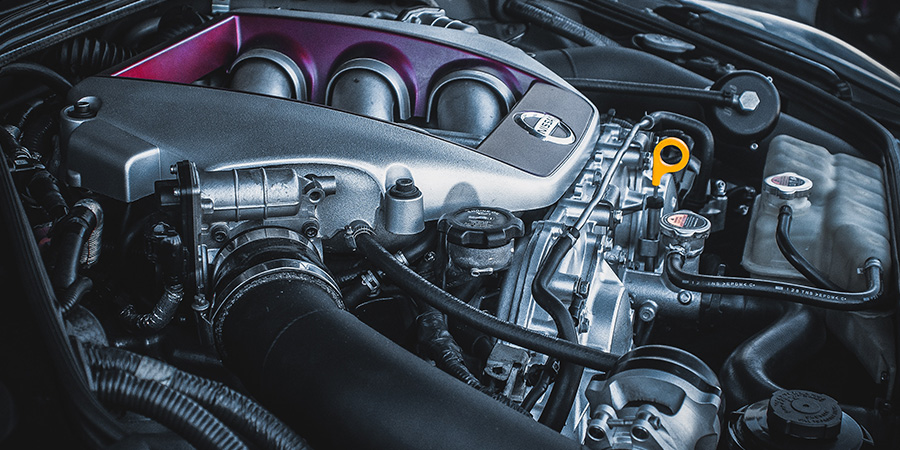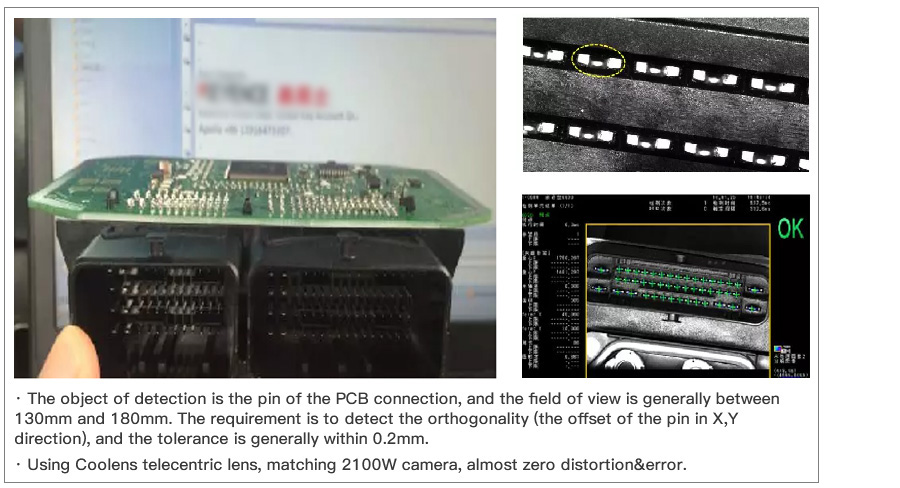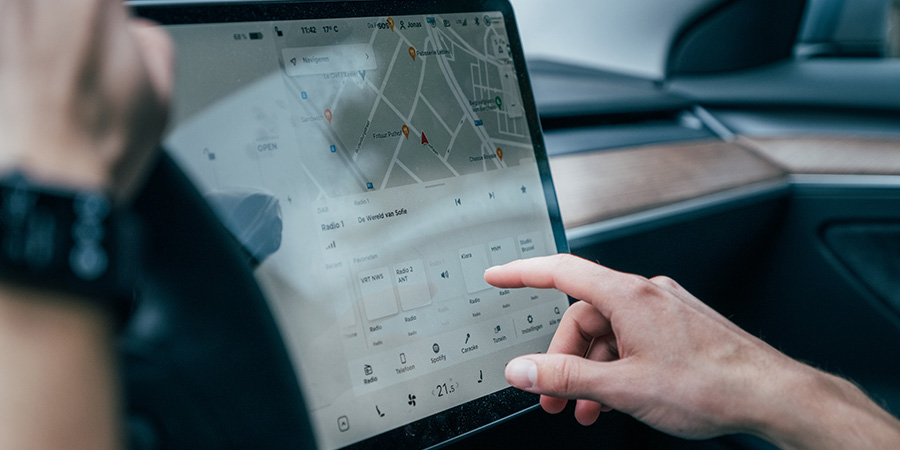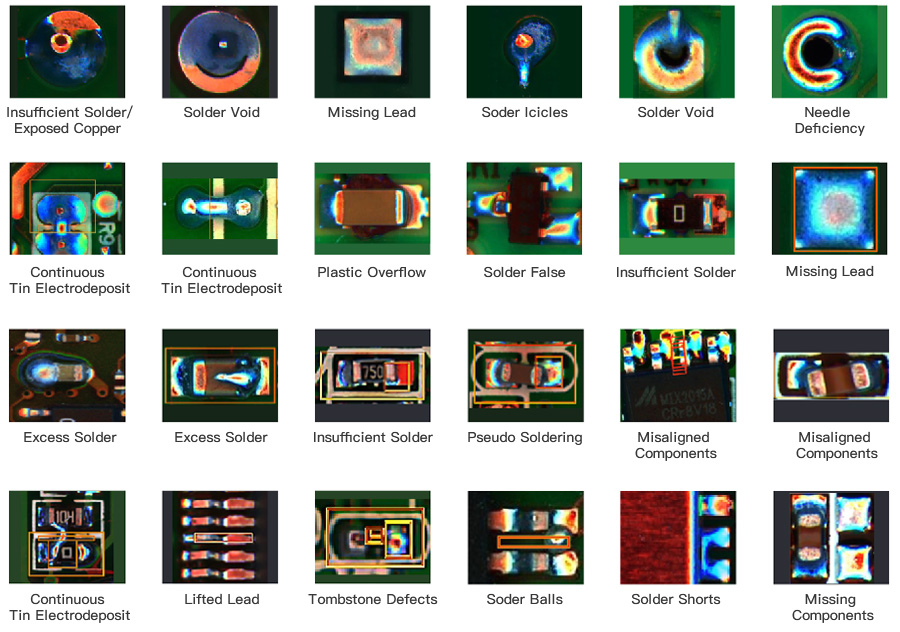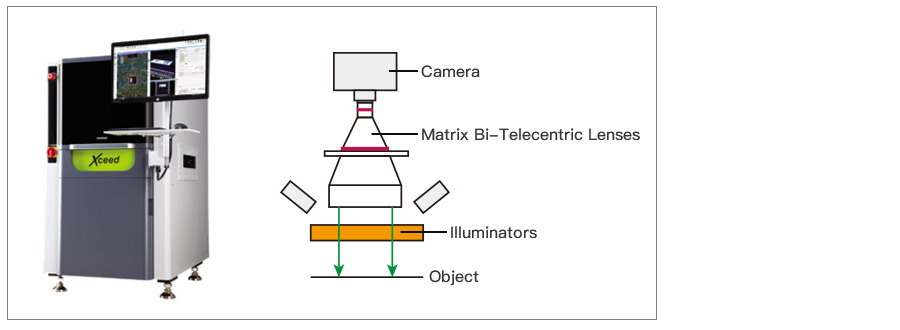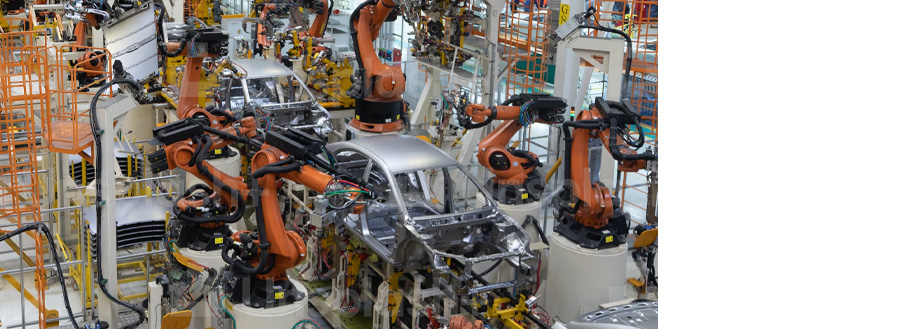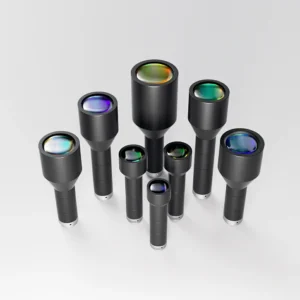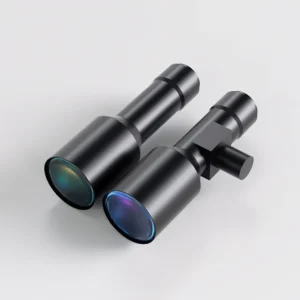Modern automobiles’ electronic systems are more advanced. Besides, new technologies like autonomous vehicle driving use many sensors and electronic devices to facilitate secure driving, steady communication, and better connectivity.
As a result, the testing of automotive electronics is necessary. It guarantees the electronic parts work correctly without hindering the vehicle’s safe operation.
So, the entire electronic system must pass stringent testing and meet different test standards. Automotive ICs are also an essential part of this electronic system.
These ICs are customized, uniquely designed integrated circuits (ICs) for automotive applications, including ICs for engine management, transmission, battery monitoring systems, etc.
In short, this article will discuss why pin inspection of integrated circuits is essential in the automotive industry, how it is carried out, and the advantages it provides.
What Exactly Is IC Pin Inspection in the Automotive Industry?
Modern vehicles, including cars and trucks, are featured with electronic systems that enable drivers to do more than just move around.
GPS, advanced driver-assistance systems, auto-drive mode, and in-vehicle infotainment are some standard features we find in modern automobiles.
Thus, assembly houses must fine-tune their operations and processes for automotive ICs. They should also optimize everything from basic assembly, inspection, metrology, and quality control to data management.
But in this post, we will only focus on the IC pin inspection.
Of course, pin inspection will continue to play a significant role in maintaining the automotive industry’s high standards. It helps detect different flaws, including corrosion, bad soldering, shorts, opens, wrong orientation, bent pins, and even foreign particles stuck inside connectors.
Remember, every minute aspect of ICs must be examined precisely. Automotive assembly houses can do it with the help of advanced imaging technologies.
Although manual testing may be effective in some instances, it is not always suitable due to its numerous drawbacks, including inaccurate data collection and low efficiency. Additionally, it is more prone to errors than a machine vision setup.
In the final analysis, why do we need a machine vision system in the automotive industry? The reason is simple – the automotive industry’s demand for enhanced production quality!
Why Is IC Pin Inspection Important in the Automotive Industry?
As an essential component of automobile operations and design, the use of ICs is expanding rapidly. These tiny devices can ensure autonomous, safer, and smarter automobiles.
With this increase in vehicle safety, the need for thorough, high-quality, high-speed inspections of IC pins rises.
Inspecting IC pins in automobiles has several advantages, including:
1) Assuring the safety of automobile electronics is in compliance with relevant rules
2) Easing access to the international market for electronic components.
3) Saving valuable time and money by preventing delays
4) Fulfilling customers’ quality expectations
As you can see, a thorough IC pin inspection can benefit the automotive sector in various ways.
What Kinds of Defects Are Identified by IC Pin Inspection?
It’s more secure to figure out issues automotive ICs may contain before production. Because the longer a failure takes to show up on the IC assembly line, the more money it costs to fix or correct it.
After reflow, an optical inspection can help find different defects, including component migration, evidence of more or less solder, the quality of the solder joint, etc. Moreover, it also helps identify shorts and bridging.
Of course, all these flaws result from the poor soldering process. However, you can always detect them with the help of an advanced imaging system.
What Are the Most Important Tests for Automotive Electronics?
Now, we will discuss some of the crucial tests for determining the reliability of electronic components.
Electrical Safety Testing
Electrical safety testing of automotive ICs is essential before, during, and after assembly. Remember, there is always a risk of electric shock when electronic components are used.
Earth continuity, Dielectric withstand, and current leakage tests are among the most frequently performed electrical safety checks on electronics.
Optical Inspection
Well, it is one of the most cost-effective ways to check the quality of electronic parts that are hard to inspect.
Its setup consists of a high-quality Bi-telecentric lens connected to a computer-controlled camera. This camera scans the IC to detect issues like bent pins, missing components, etc.
Don’t worry! We will discuss the work mechanism thoroughly in the later section of this post.
In-Circuit Testing (ICT)

An in-circuit test is a unique process that checks for open circuits, short circuits, and other defects present on a printed circuit board. This test may need specialized test equipment depending on the board’s complexity.
How Does Machine Vision Help Inspect IC Pins?
A machine vision system setup comprises LED line lights, multiple high-resolution digital cameras, and bi-telecentric lenses. Moreover, it also involves specialized software.
An automotive assembly house uses this system as a final inspection process to ensure no pins are bent during production.
Old mechanical tests are not a suitable solution today. Because there is always the risk that the inspection process itself could bend the pins.
In a machine vision setup, digital cameras use bi-telecentric lenses with a narrow field of view. That helps it detect the position of IC pins at the micron level. It can also process the pin images in various lighting conditions.
Lastly, advanced software carries out the further work of doing complex measurements across the pins.
Why Do We Use Bi-Telecentric Lenses for Pin Inspection?
We need a highly-advanced lens to perform optical tests in the automotive industry. The bi-telecentric lens fulfills all the requirements – thanks to its unique features and specifications.
Bi-telecentric lenses are usually compact, rigid, and customized for harsh industrial environments. These lenses offer below features:
- Extremely low distortion, which is helpful for precise measurements
- Wide field depth
- Ultra-high resolution for cameras with small pixels
So, all these features make bi-telecentric lenses just the right match for pin inspection.
What Are the Upcoming Technological Trends in Pin Inspection?
The automotive industry goes hand in hand with new developments. Likewise, its vehicle assembly line operates at a high rate of speed. This line contains numerous tasks that are highly monotonous and redundant.
Of course, robotics can execute such tasks by performing the same actions repeatedly. Robots and humans work independently in many automotive factories.
However, machine vision system has shown remarkable development in the automotive sector. Companies now use machine vision to identify flaws more quickly and accurately.
Remember, an automotive plant’s success depends heavily on its throughput. Besides, customers expect the flawless operation of a vehicle’s electronic systems.
Thus, automobile companies can save money by conducting thorough pin inspections with machine vision.
For sure, technologies like 3D imaging are still evolving for inspecting pins with greater precision. In either case, the whole inspection setup will be incomplete without suitable bi-telecentric lenses.
So, grab the best bi-telecentric lenses for inspecting IC pins. You can check our work in the field of bi-telecentric lenses. We have developed a range of innovative bi-telecentric lenses suitable for different applications, including the automotive sector.
FAQs:
What Precautions Should Be Taken When Inspecting IC Pins?
ICs undergo optical, electrical, and functional inspections during automotive IC testing. To get good results from pin inspections, you must pay attention to everything and follow the rules.
Make sure you use a machine vision system to execute the inspection work. Also, ensure your setup contains high-quality equipment, including bi-telecentric lenses.
How Is Machine Vision Utilized in the Automobile Industry?
As we discussed, the automotive sector now depends more on electronic components. So, a machine vision system can help identify defects associated with electronic components, including ICs.
The manual inspection of IC pins is a tedious process. It also leaves room for unforeseen errors.
On the other hand, a machine vision system consists of advanced equipment, such as a high-definition camera, bi-telecentric lenses, a computer, and software.
What Types of Lenses Are Beneficial for IC Pin Inspection Processes?
Choosing a suitable lens model for IC pin inspection is a challenging task. You can go for bi-telecentric lenses with a 150*100 field of view.
Check out our DTCM series of ultra-resolution bi-telecentric lenses.
Where Can You Buy the Best Lenses for Pin Inspection?
VicoImaging is your one-stop solution for all lens-related needs. We have already designed high-quality Bi-telecentric lenses for the automotive sector.
We put each bi-telecentric lens model through various quality-control tests and offer a thorough test report detailing its compliance with industry-specific standards.
Final Thoughts!
IC pin inspection is becoming a helpful process in the automotive industry. It offers numerous advantages to automotive plants, including decreased production costs and increased product reliability.
ICs play a vital role in the design and operation of automobiles. For instance, a single vehicle may need a few thousand semiconductor chips. Moreover, this number keeps rising as more features are being developed and added.
Likewise, quality standards are also advancing in the global market. Thus, engineers must devise practical strategies for providing less or zero defective electronic parts.
As a result, a thorough inspection of electronic components is required for both safety and profitability in the automotive industry.
Bi-telecentric lenses are crucial if you want to carry out the most precise inspection of electronic components. It is the only suitable solution that meets the strict quality requirements of the automotive sector on its own.
So, go ahead and streamline your inspection process with the help of our highly-advanced bi-telecentric lenses.

